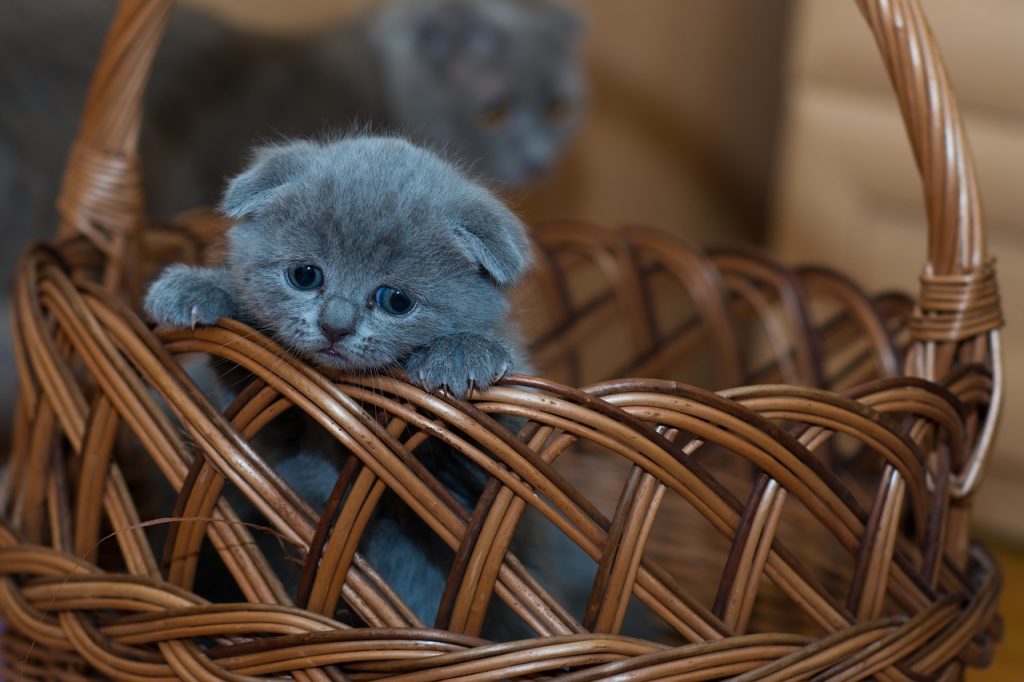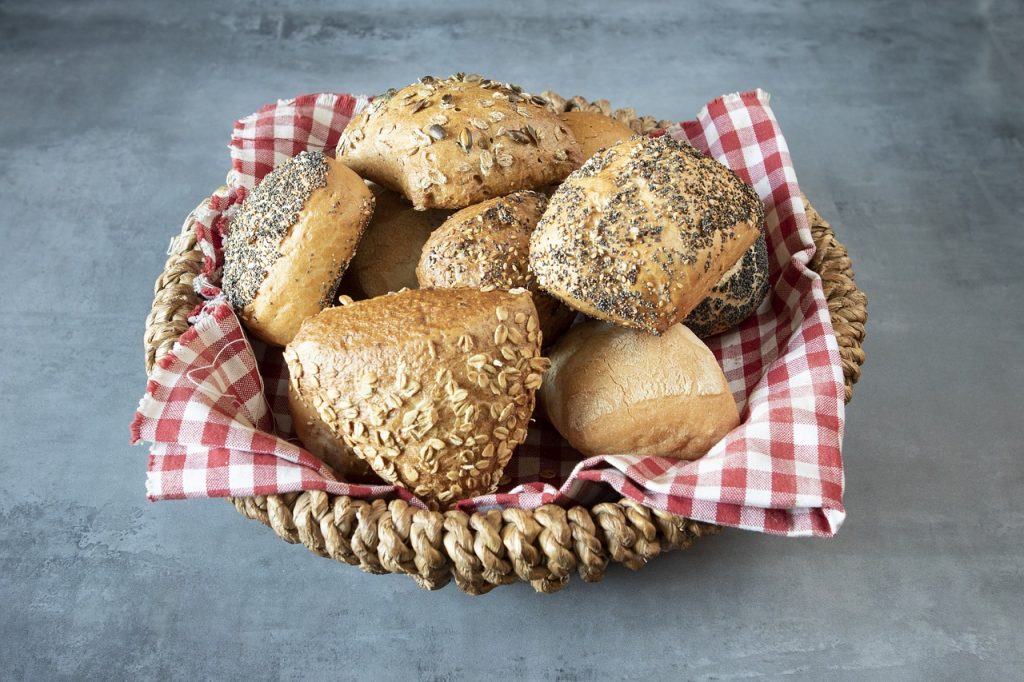The German Diminutive Posted by Constanze on Dec 12, 2018 in Language
Guten Tag! Today I’m going to tell you about diminutives in German. Diminutives are words that are altered to express a smaller, younger or ‘cuter’ version of themselves. An example of an English diminutive is the word droplet, from the word drop, and the word booklet, from the word book.
In English, words often become diminutive by adding the suffix -let (droplet, booklet). In Standard (High) German, the diminutive words are made by adding either -chen or -lein.
High German diminutive suffixes:
-chen
-lein
Here are some examples of words and their diminutives in German:
-lein
This is the less common of the two. The most common example is the word Fräulein:
Frau → Fräulein (Woman / Young woman, or Mrs. / Miss)
Mann → Männlein (Man / Small man : Dwarf-like characters are often referred to as Männlein in fairytales)
Spiegel → Spiegelein (Mirror – As in ‘Mirror, Mirror, On The Wall’ in Snow White. The diminutive is used because the mirror is getting ‘sweet-talked’!).
The -lein suffix is commonly used in fairytales and children’s stories. More common in everyday life is the suffix -chen:
-chen
Hund → Hündchen (Dog / Little, cute or young dog)
Hase → Häschen (Rabbit / Little, cute or young rabbit)
Katze → Kätzchen (Cat / Little, cute or young cat)
Brot → Brötchen (Bread / Bread roll or small piece of bread, eg. for a child)
Haus → Häuschen (House / Little house, eg. for a pet)
Tasse → Tässchen (Cup / Little cup)
As you can see, when a word becomes diminutive, if it has an a, o, or u in it, that letter receives an Umlaut. If you’re not familiar with the Umlaut yet, here’s a post about it!
What about gender?
If you’re wondering what gender the diminutive word takes in German, the answer will probably make you breathe a sigh of relief: All diminutives are neuter, so they all take das! This is regardless of the gender of the original word, so even though die Katze is feminine, its diminutive is neuter (das Kätzchen). Der Hund is masculine, but its diminutive is neuter (das Hündchen). It seems to confuse a lot of German language learners that the word for girl – Mädchen – is neuter and not feminine. Hopefully its ending (-chen) now explains why that is the case!
Diminutives in other German dialects
Hochdeutsch (High German) uses -lein and -chen to form the diminutive. But other German dialects use different suffixes.
The Bavarian dialect often uses the suffix -erl to form the diminutive. Examples include Katzerl (Katze / Cat), Hunderl (Hund / Dog) and Tischerl (Tisch / Table). Sometimes, especially in speech, this can sound like only an L has been added to the word. So it might sound like you’re hearing Hundl rather than Hunderl.
The Swiss German dialect forms the diminutive by adding the suffix -li. They also follow the same Umlaut rule as in Hochdeutsch. Examples include Kätzli (Katze / Cat), Hündli (Hund / Dog) and, one of my personal favourites, Nächtli Nächtli – Night, Night! 🙂

Build vocabulary, practice pronunciation, and more with Transparent Language Online. Available anytime, anywhere, on any device.






Comments:
Daniela:
Danke, Constanze! Ich habe gerade heute mit meinen Schülern (Deutsch als Fremdsprache) über dieses Thema gesprochen! Dein Blog hat ein super Timing! 🙂
Toller Bericht!
Dorcas.:
Thanks. Now l understand how diminutives get their umlaut and their gender “das”.
Alcazar:
Back in school (in the 80’s) were learned “-chen und -lein machen alle Dinge klein” 🙂
Marija:
I would like to add that in Baden-Württemberg sufix -le is used for making diminutives, such as the well-known Freiburger Bächle (Bach-Bächle).
Thanks for the great post!